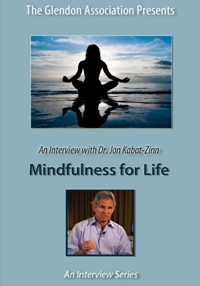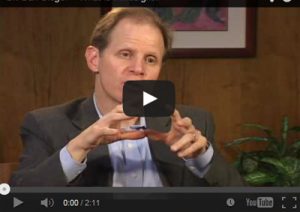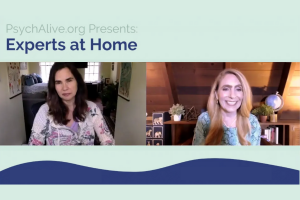Mindfulness – Liberation from Suffering
Watch and read our exclusive interview with Jon Kabat-Zinn.
We’ll have judgments, you know, endlessly. Because we’ve got ideas and opinions about just about everything. And likes and dislikes. But, what awareness does is it doesn’t say, “OK, no judging.” That’s not what mindfulness is about. It’s about welcoming the judging and holding that in awareness and seeing how caught up we are in our own likes and dislikes. How driven we are by that kind of impulse to cling and to grasp and to self identify. Or, if you don’t like it, if it’s aversive, push it away: I hate this. I don’t want this. This is frightening. And then, who suffers? Who suffers from that? We suffer. We suffer if we cling. We suffer if we recoil. So, if this is about liberation from suffering, the only thing that can actually liberate us from our own delusion and our own craziness, uh, and our own fear and our own lack of comfort in our own skin is this essence of being that is already OK. It’s not like the people who come to our clinic with cancer and heart disease and chronic pain and everything – they have all these major diseases and disorders. But we’re not trying to take it away from them or fix it. We’re inviting them to put out the welcome mat for the full dimensionality of their experience, befriend how it is in the body, even if that’s the last place you want to go. To turn towards the intensity of the pain in the body or in the heart and to embrace it. And when you do that, things shift. And very often, the very body, as well as the brain and as well as the bones, as well as the skin have its ear to the rail and it starts to shift because we’re one unified biological whole. We’re an organism. And so when we align in a certain way with mindfulness, there’s a, there’s a way in which the physiology follows.
Now, studies are coming out now that are showing that in eight weeks of training with MBSR, we have morphological changes in all sorts of brain regions. Not just activity changes in the prefrontal cortex. But actually morphological thickening in regions of the hippocampus, which is involved in learning and memory and also various other regions of the brain that altogether actually collaborate in allowing us to navigate our life and make wise, discerning decisions about what’s valuable, what’s not valuable, what’s going to cause more pain, what’s going to cause more suffering, what’s going to cause greater happiness. And then to navigate in that kind of a way. So the research is pointing very much in that direction.
Order the Full DVD Interview:
 Mindfulness for Life: An Interview with Jon Kabat-Zinn
Mindfulness for Life: An Interview with Jon Kabat-Zinn
In this DVD, Dr. Jon Kabat-Zinn defines mindfulness as a way of “connecting to your life.” He discusses the “hard work” of living in the present moment, the personal and psychological impacts of developing a practice of mindfulness, and the benefits of utilizing mindfulness in therapy. He also touches upon mindfulness in parenting. Drawing upon his years of experience and research in the field of mindfulness, Dr. Kabat-Zinn offers an inspiring and instructive approach for mental health professionals and curious individuals alike.
Tags: jon kabat-zinn, MBSR, mindfulness, mindfulness meditation










Leave a Reply
You must be logged in to post a comment.